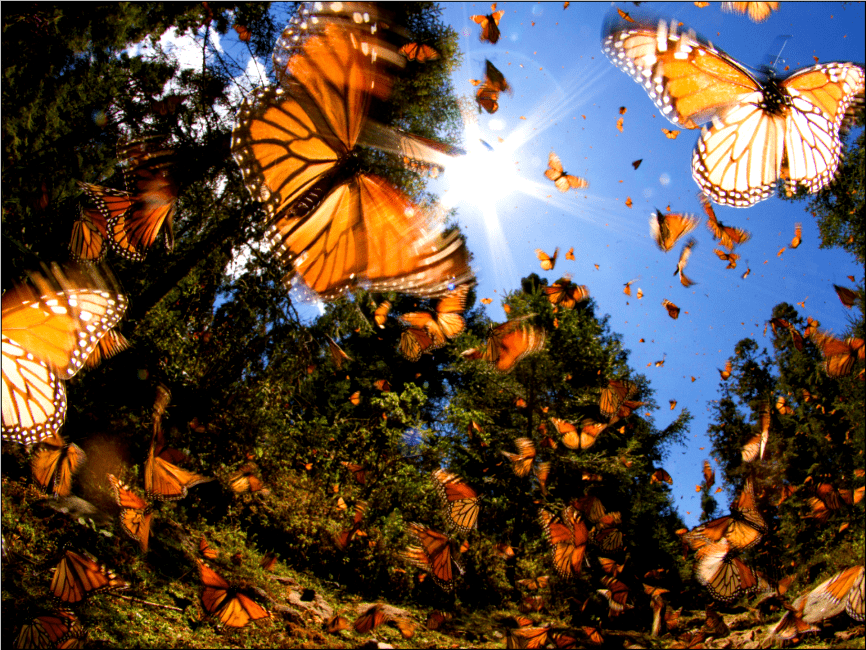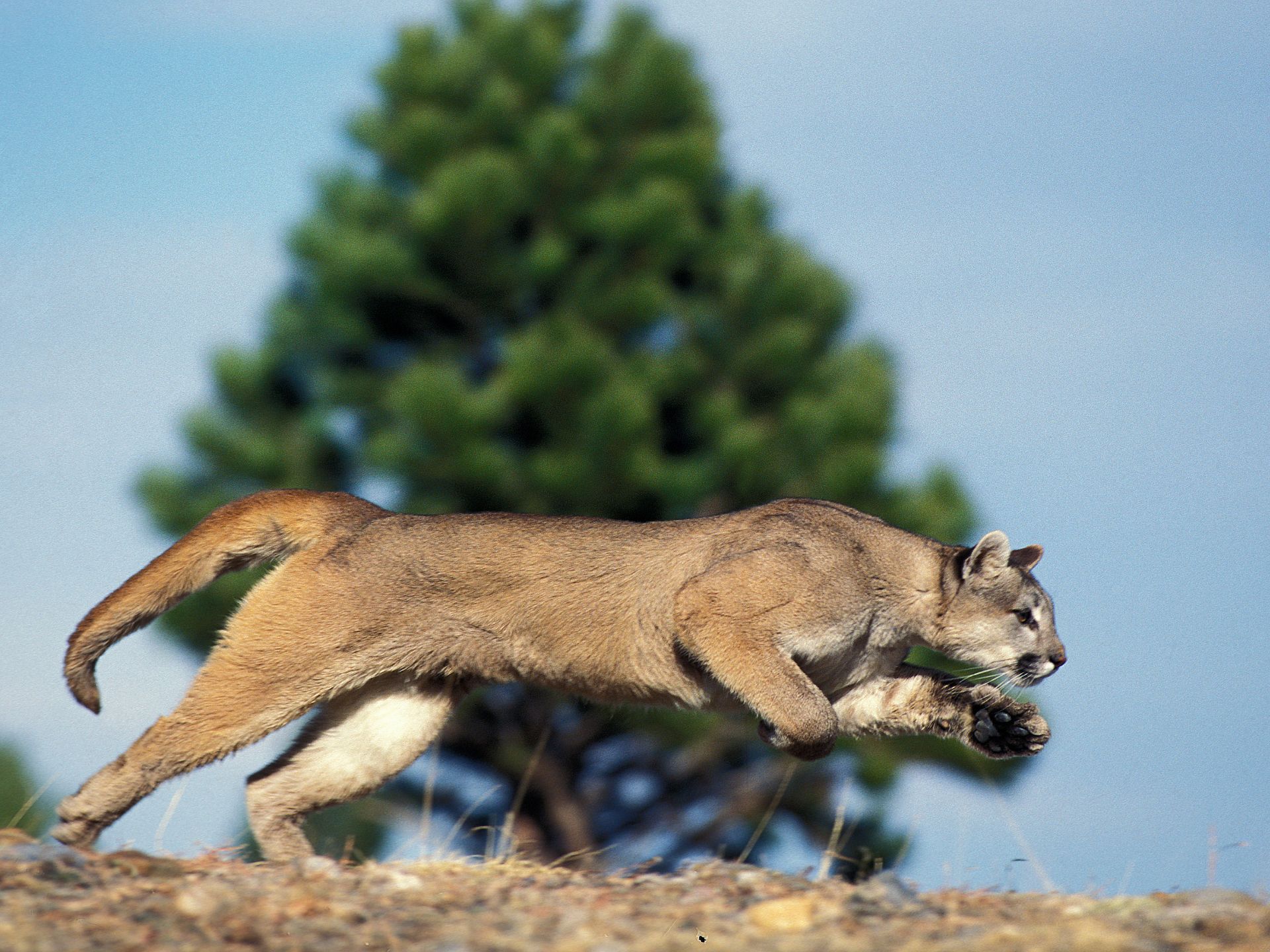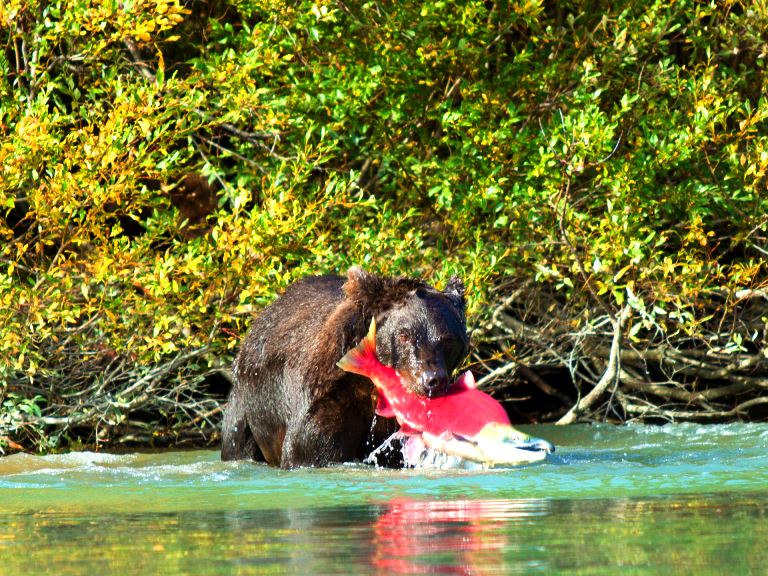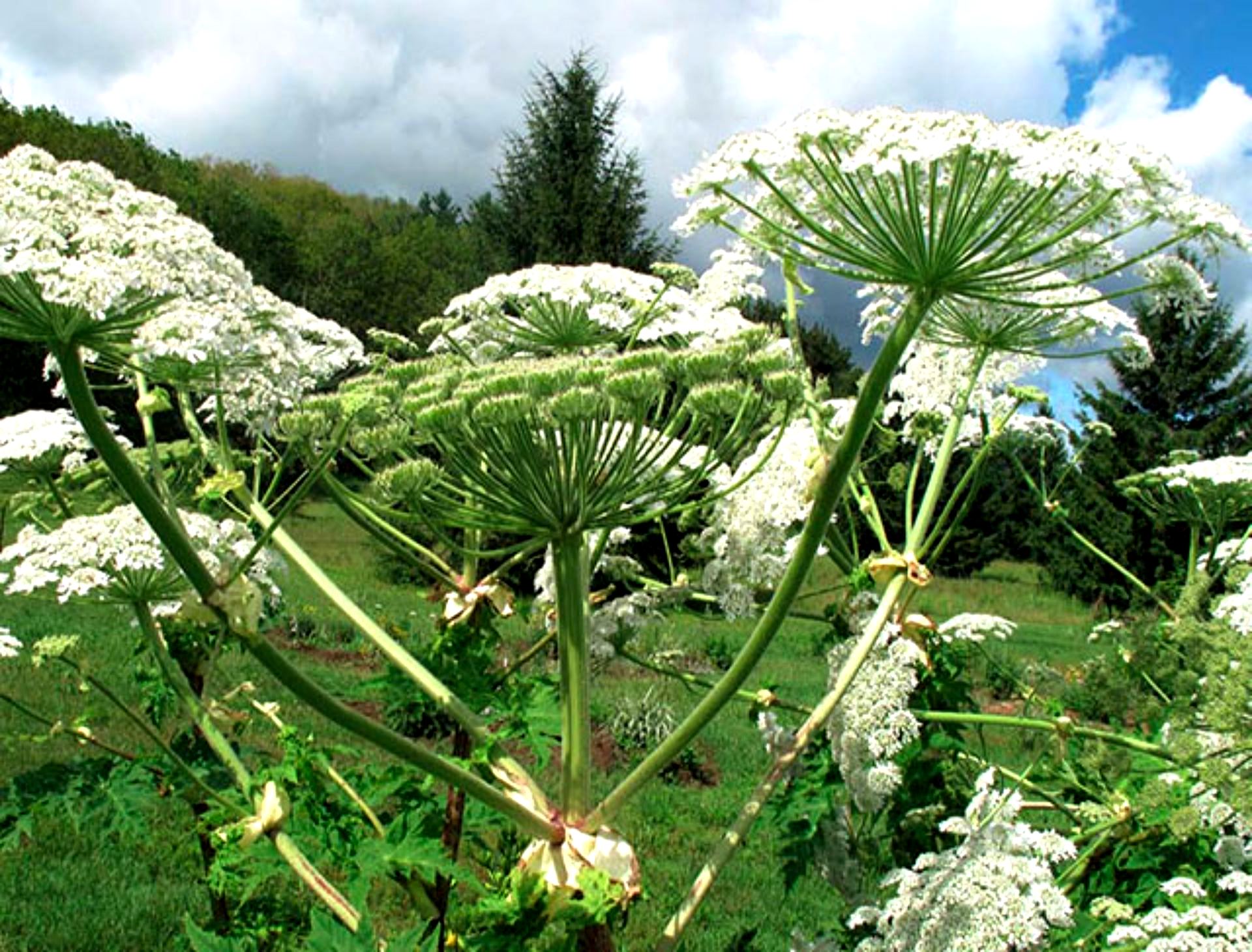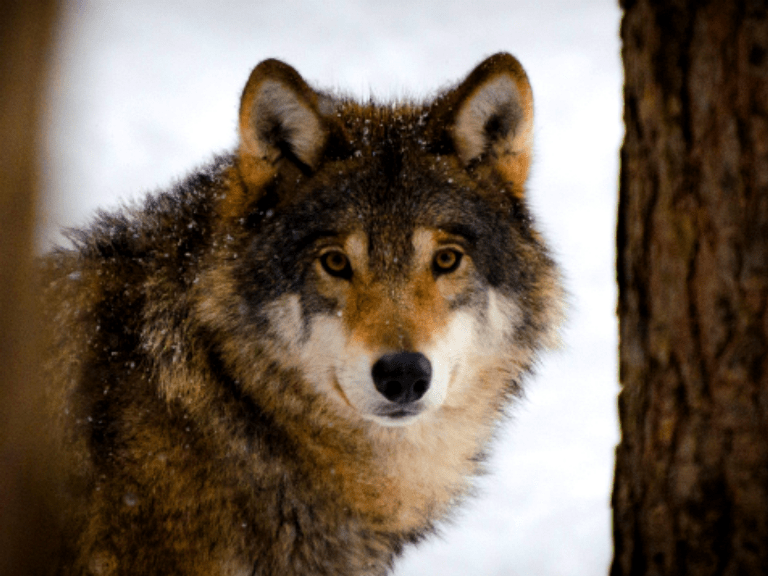[vc_row][vc_column][vc_column_text text_larger=”no”]Monarchs Need the Right of Way because the US government’s recent decision not to list the Monarch Butterfly under the Endangered Species Act means that more citizens and corporations on both sides of the border need to work together to build pollinator pathways along critical migratory corridors. Although they won’t be listing this species under the Endangered Species Act in the immediate future, the US government has signed unprecedented voluntary conservation agreements with rights-of-way entities to help recover the Monarch.
“The fate of this beloved species lies in the united conservation efforts of Canada, the US and Mexico,” said Carolyn Callaghan, CWF senior conservation manager, terrestrial wildlife. “There is a critical need for volunteer conservation action such as restoring habitat along rights-of-way and planting native wildflower gardens.”
CWF is launching the development of a national network of Rights of Way managers, with a special focus on virtual collaboration with American counterparts.
CWF will provide expert advice on restoration methods to create pollinator-friendly rights-of-way including a multi-year vegetation management plan for the Eastern Ontario pilot zone and advice in integrated vegetation management to reduce the coverage of alien invasive plant species. A scientific monitoring and evaluation program to assess the ecological results of the restoration activities is also planned.
CWF also continues to encourage Canadian landowners to transform portions of their mowed lawns into pollinator habitat.
“There are about 6.2 million lawns in Canada. Converting just one-quarter of each lawn to a native wildflower meadow would equal around 14,400 hectares of habitat for Monarch and other pollinators,“ Callaghan said.
Visit CanadianWildlifeFederation.ca for more information.[/vc_column_text][/vc_column][/vc_row][vc_row gap=”35″ equal_height=”yes” content_placement=”top” css=”.vc_custom_1538568615552{margin-bottom: 4vh !important;}” woodmart_parallax=”0″ woodmart_gradient_switch=”no” row_reverse_mobile=”0″ row_reverse_tablet=”0″ woodmart_disable_overflow=”0″][vc_column woodmart_parallax=”0″ parallax_scroll=”no” woodmart_sticky_column=”false” css=”.vc_custom_1538568458450{margin-bottom: 4vh !important;padding-top: 0px !important;}” offset=”vc_col-lg-6 vc_col-md-6 vc_col-xs-12″][vc_single_image image=”9214″ img_size=”large” alignment=”center” parallax_scroll=”no” css=”.vc_custom_1645461352671{margin-bottom: 0px !important;}”][/vc_column][vc_column woodmart_color_scheme=”dark” woodmart_parallax=”0″ parallax_scroll=”no” woodmart_sticky_column=”false” css=”.vc_custom_1538568468606{margin-bottom: 4vh !important;padding-top: 0px !important;}” offset=”vc_col-lg-6 vc_col-md-6 vc_col-xs-12″][vc_column_text text_larger=”no”]
Grow It! Don’t Mow It!
Pollinators — bees, flies, butterflies, moths, beetles, and hummingbirds — are a diverse group of animals that support our economy and our environment. These unsung heroes of the natural world are declining, both in numbers of species and in numbers of individual animals. Multiple threats appear to be causing these declines, including habitat loss, pesticide use, climate change and disease. To reverse current trends, immediate changes to land use are necessary at a large scale. Transforming our approach to land management will make a big difference.
Canada’s network of rights-of-way — roadsides, power corridors, transmission lines and pipelines — are often mown and sprayed with pesticides throughout the growing season. While our eyes have become accustomed to the uniformity of these lawn features, they displace habitat for pollinating insects and wildlife. Clipped non-native grasses do not provide the food and shelter that pollinators need.[/vc_column_text][/vc_column][/vc_row][vc_row][vc_column][vc_column_text text_larger=”no”]There is an opportunity here! Working landscapes in the U.S. and U.K. are being converted to wildflower meadows, helping pollinator populations recover. Canada can do the same. Lawns in our urban parklands and private backyards also offer an opportunity to give space back to the plant and animal populations that came before us.
As land stewards, we can choose to invite life back into our neighborhoods and rights-of-way corridors.[/vc_column_text][/vc_column][/vc_row]

Periodista ambiental y de conservación

